Atomic Probe Tomography Studies of Irradiated Cold Spray Coatings for Accident Tolerant Cladding
Principal Investigator
- Name:
- Ben Maier
- Email:
- [email protected]
- Phone:
- (208) 526-6918
Team Members:
| Name: | Institution: | Expertise: | Status: |
|---|---|---|---|
| Mukesh Bachhav | Idaho National Laboratory | Perform FIB and APT at INL | Faculty |
| Javier Romero | Westinghouse Electric Company | Provide technical expertise from industry perspective | Faculty |
| Peng Xu | Westinghouse Electric Company | Provide technical expertise from industry perspective | Faculty |
| Kumar Sridharan | University of Wiscosin - Madison | PhD Advisor of PI | Faculty |
Experiment Details:
- Experiment Title:
- Atomic Probe Tomography Studies of Irradiated Cold Spray Coatings for Accident Tolerant Cladding)
- Work Description:
- Focused Ion Beam liftouts for Atom Probe Tomography at INL CAES facility of irradiated and unirradiated cold-spray-deposited FeCrAl and Cr coatings for accident tolerant fuel application. Coatings will irradiated (separate from proposed RTE) with 3MeV Fe+2 to 100dpa at temperatures of 350°C for Cr (7.6E-3dpa/s) and 375°C for FeCrAl (7.2E-3dpa/s) at the University of Wisconsin Pelletron Tandem Accelerator for ion-equivalent neutron damage in typical LWR conditions, 3E-7 dpa/s at 300°C.
Project Summary
The goal of the proposed RTE research, led by the University of Wisconsin, Madison (UW), is to investigate irradiation effects in oxidation-resistant coatings deposited on zirconium-alloy cladding using the cold spray deposition process. Instrument time is requested for Atomic Probe Tomography (APT) and associated focused ion beam (FIB) APT sample preparation instruments at Idaho National Laboratory (INL). In the cold spray process, powder particles of a material are propelled at supersonic velocities on to the surface of a substrate to form a dense, adherent coating on the surface. The particle temperature is low and deposition occurs in solid state. Coating formation occurs by an adiabatic shear process of the surface of the particles. Under the auspices of Department of Energy’s Phase 2 Accident Tolerant Fuel (ATF) program, UW in collaboration with Westinghouse Electric Company (WEC) has successfully developed Cr and FeCrAl cold spray coatings for this application. The coatings have been successfully tested up to 1300°C in air/steam environment and mechanical testing has shown good coating ductility. However, there are still questions in regards to the radiation performance of these coating materials which must be necessarily addressed before implementation of lead test rods and assemblies.
The first question this RTE proposal will seek to answer relates to the inevitable thin native oxide layer (~1 to 10 nm) on the surfaces of the powders, the precursor for the cold spray process. Since particle bonding occurs by an adiabatic shear process at the surfaces of colliding particles, the deformation and fracture behavior of this thin oxide layer plays a critical role in the formation of the coating. The APT technique is uniquely suited for identifying the spatial distribution of oxygen atoms at the interparticle boundaries (IPB). Radiation is known to cause interfacial mixing and is expected to promote bonding at IPBs. The oxygen atoms can in effect act as ‘markers’ to identify the extent of interfacial mixing at the IPBs. This phase of the RTE will be performed using Cr cold spray coatings.
The second question this RTE will seek to answer is the formation of brittle Cr-rich alpha-prime phase precipitates in FeCrAl alloys under radiation. Recent work led by Oak Ridge National Laboratory and UW has shown that the formation of alpha-prime precipitates depends on the initial microstructure of the alloy.5 In this regard the microstructure of cold sprayed FeCrAl alloy is very unique, consisting of a very high density of dislocations compared to conventional microstructures investigated thus far. Thus, it is of considerable scientific interest to understand the evolution and growth of alpha-prime precipitates in cold spray coating microstructures.
Supporting work (outside RTE proposal): (i) Ion irradiation of cold spray coated samples is being performed at UWs accelerator facilities using 3 MeV Fe+2 ions to a damage level of 100dpa (to be completed at UW by 6/10/17), (ii) TEM of the ion irradiated coatings (to be completed at UW by 9/31/17), (iii) neutron irradiation tests of coatings at Halden reactor, Norway, MITR, and ATR facility (tests to begin in 2017).
The first question this RTE proposal will seek to answer relates to the inevitable thin native oxide layer (~1 to 10 nm) on the surfaces of the powders, the precursor for the cold spray process. Since particle bonding occurs by an adiabatic shear process at the surfaces of colliding particles, the deformation and fracture behavior of this thin oxide layer plays a critical role in the formation of the coating. The APT technique is uniquely suited for identifying the spatial distribution of oxygen atoms at the interparticle boundaries (IPB). Radiation is known to cause interfacial mixing and is expected to promote bonding at IPBs. The oxygen atoms can in effect act as ‘markers’ to identify the extent of interfacial mixing at the IPBs. This phase of the RTE will be performed using Cr cold spray coatings.
The second question this RTE will seek to answer is the formation of brittle Cr-rich alpha-prime phase precipitates in FeCrAl alloys under radiation. Recent work led by Oak Ridge National Laboratory and UW has shown that the formation of alpha-prime precipitates depends on the initial microstructure of the alloy.5 In this regard the microstructure of cold sprayed FeCrAl alloy is very unique, consisting of a very high density of dislocations compared to conventional microstructures investigated thus far. Thus, it is of considerable scientific interest to understand the evolution and growth of alpha-prime precipitates in cold spray coating microstructures.
Supporting work (outside RTE proposal): (i) Ion irradiation of cold spray coated samples is being performed at UWs accelerator facilities using 3 MeV Fe+2 ions to a damage level of 100dpa (to be completed at UW by 6/10/17), (ii) TEM of the ion irradiated coatings (to be completed at UW by 9/31/17), (iii) neutron irradiation tests of coatings at Halden reactor, Norway, MITR, and ATR facility (tests to begin in 2017).
Relevance
A basic tenet of the Department of Energy’s Office of Nuclear Energy (DOE-NE) is the near-term deployment of advanced light-water reactor (ALWR) technologies developed through public-private partnerships. Zirconium-alloys have been successfully used as cladding materials for LWR for many decades however the Fukushima-Daiichi accident in 2011 affirmed the urgent need for more oxidation-resistant cladding materials that would not oxidize aggressively under loss-of-coolant accident (LOCA) conditions. Under DOE-NE’S industry-led accident tolerant fuel (ATF) program, replacement of Zr-alloy with materials such as SiC-SiCf composites and FeCrAl alloy are being investigated. However, total replacement of Zr-alloy will entail changes in reactor design and may take decades to implement. Therefore, deposition of coatings of oxidation-resistant coating materials on Zr-alloy cladding is being investigated as a near-term option that can be implemented in lead test rods (LTR) and assemblies (LTA) in just a few years.
An accelerated research and development program is presently underway between the proposing university and a major fuel vendor to develop oxidation resistant coatings for zirconium-alloy cladding for LWRs for improved tolerance under LOCA scenarios. This R&D effort, being performed under the auspices of DOE-NE’s Phase 2 ATF program is striving for insertion of LTR of coated claddings in the late 2018 to early 2019 time-frame. Under this program, cold spray coating process has been identified as the lead coating technology for LTR and LTA. Intense research during the last year has led to the choice of Cr and FeCrAl alloys as promising coating materials for this application. Cold spray coatings of Cr and FeCrAl are being rigorously tested in prototypical conditions at temperatures up to 1300°C in steam/air environments, and mechanical testing of the coating-substrate system is also being performed. These tests have indicated considerable promise for these coatings, but the radiation damage response has yet to be evaluated.
In the proposed RTE, instrument time is requested of a national laboratory for the use of atomic probe tomography (APT) and associated focused ion beam (FIB) for sample preparation for APT experiments. The APT experiments are designed to elucidate the role of radiation on displacement of oxygen atoms on particles’ surfaces and mixing of interparticle boundaries in the coating – these studies will be performed for Cr cold spray coatings. The FeCrAl cold spray coatings will be used to investigate the effect of the unique dislocation-dense cold spray coating microstructures on Cr-rich alpha-prime phase precipitation and compared to conventionally processed microstructures.
As preparation for the RTE work, Fe+2 ion irradiation of coatings is being performed at the proposing university to damage levels of 100dpa along with follow-up TEM work. Both ion irradiation and TEM work will be completed well before the execution of the RTE work, should it be awarded. Separately, efforts are underway for neutron irradiation of samples in Halden reactor in Norway, the MITR, and the ATR. Thus the proposed RTE work will provide critical scientific information that will effectively complement these aforementioned investigations towards a comprehensive understanding of radiation damage effects in cold spray ATF coatings.
An accelerated research and development program is presently underway between the proposing university and a major fuel vendor to develop oxidation resistant coatings for zirconium-alloy cladding for LWRs for improved tolerance under LOCA scenarios. This R&D effort, being performed under the auspices of DOE-NE’s Phase 2 ATF program is striving for insertion of LTR of coated claddings in the late 2018 to early 2019 time-frame. Under this program, cold spray coating process has been identified as the lead coating technology for LTR and LTA. Intense research during the last year has led to the choice of Cr and FeCrAl alloys as promising coating materials for this application. Cold spray coatings of Cr and FeCrAl are being rigorously tested in prototypical conditions at temperatures up to 1300°C in steam/air environments, and mechanical testing of the coating-substrate system is also being performed. These tests have indicated considerable promise for these coatings, but the radiation damage response has yet to be evaluated.
In the proposed RTE, instrument time is requested of a national laboratory for the use of atomic probe tomography (APT) and associated focused ion beam (FIB) for sample preparation for APT experiments. The APT experiments are designed to elucidate the role of radiation on displacement of oxygen atoms on particles’ surfaces and mixing of interparticle boundaries in the coating – these studies will be performed for Cr cold spray coatings. The FeCrAl cold spray coatings will be used to investigate the effect of the unique dislocation-dense cold spray coating microstructures on Cr-rich alpha-prime phase precipitation and compared to conventionally processed microstructures.
As preparation for the RTE work, Fe+2 ion irradiation of coatings is being performed at the proposing university to damage levels of 100dpa along with follow-up TEM work. Both ion irradiation and TEM work will be completed well before the execution of the RTE work, should it be awarded. Separately, efforts are underway for neutron irradiation of samples in Halden reactor in Norway, the MITR, and the ATR. Thus the proposed RTE work will provide critical scientific information that will effectively complement these aforementioned investigations towards a comprehensive understanding of radiation damage effects in cold spray ATF coatings.
Please wait
About Us
The Nuclear Science User Facilities (NSUF) is the U.S. Department of Energy Office of Nuclear Energy's only designated nuclear energy user facility. Through peer-reviewed proposal processes, the NSUF provides researchers access to neutron, ion, and gamma irradiations, post-irradiation examination and beamline capabilities at Idaho National Laboratory and a diverse mix of university, national laboratory and industry partner institutions.
Privacy and Accessibility · Vulnerability Disclosure Program

